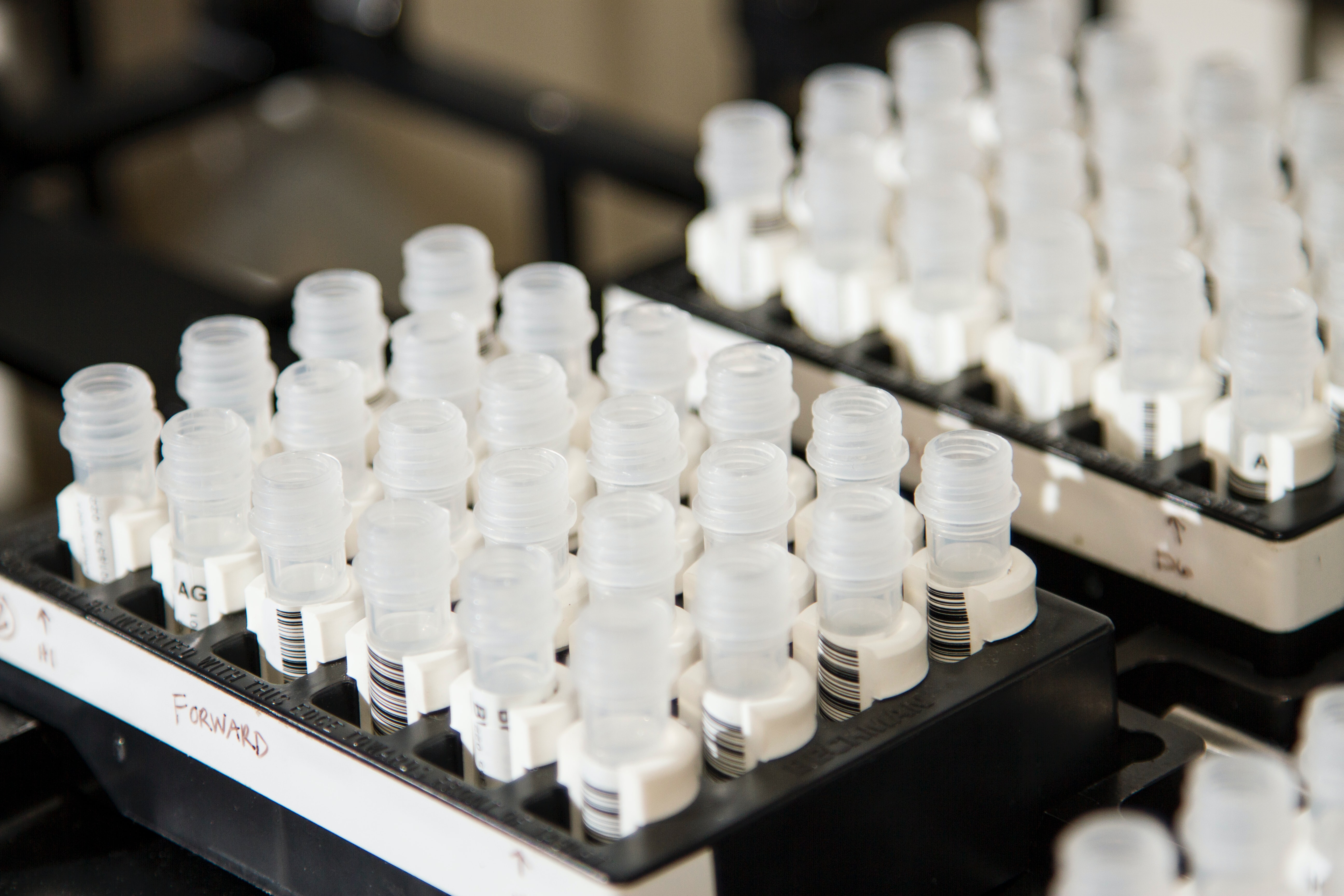Aggregated News

Sometimes the barrier to medical advancement isn’t in the science. It’s the money.
In 2003 the first full sequencing of the human genome — “an extensive and highly accurate sequence of the 3.1 billion units of DNA of the human genome,” as The Times put it — was completed; the project had started with a projected cost of roughly $3 billion (the eventual cost was deemed impossible to calculate). Even then, the idea that sequencing could be used to spot and prevent disease was raised — albeit not without skepticism. But with the monumental price of tests, few could afford them.
Over the years, as the underlying technology progressed, the price dropped, but not enough to deliver on the promise of so-called precision medicine, with drugs and treatments tailored to maximize effectiveness for each individual patient. With the price of a partial but useful genome scan hovering around $1,000, scientists believed big breakthroughs would only come when the whole genome sequencing cost sunk to around $100.
“One hundred dollars is the kind of money we are looking for,”...



